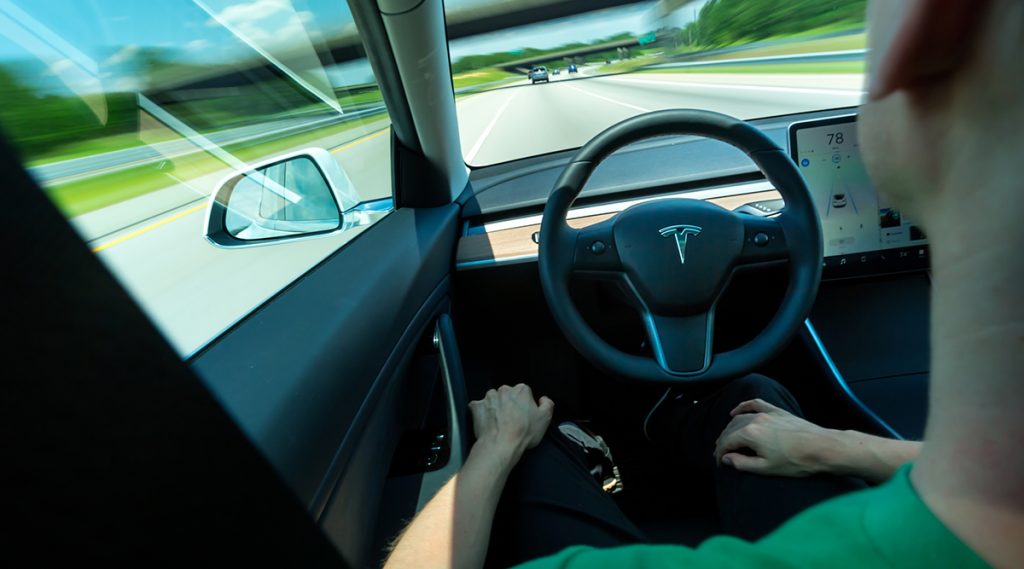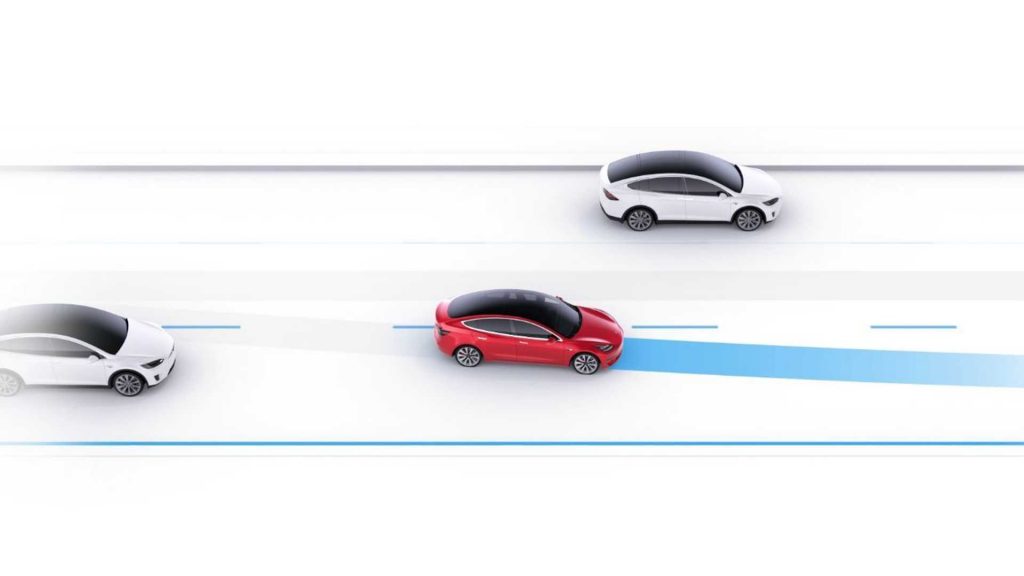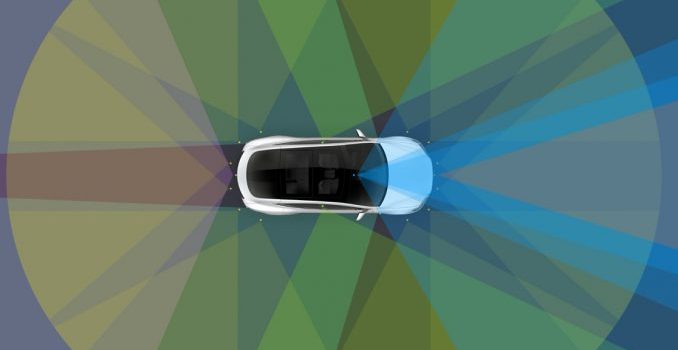Customers who used Tesla’s Autopilot and Full Self-Driving (FSD) technology have filed a class-action lawsuit. They claim they were duped by statements from Tesla co-founder and CEO Elon Musk and marketing materials over the last six years implying full-fledged autonomous driving was imminent. Even though no Tesla on the road today is capable of full self-driving, Tesla sells what it calls a “full self-driving capability” for $15,000.
In its defense, Tesla’s lawyers said that “mere failure to realize a long-term, aspirational goal is not a fraud.” That argument is contained in a motion to dismiss the case that was filed last week in U.S. District Court in San Francisco. The lawsuit claims that Tesla has been slow to launch its full self-driving suite with the promised capabilities, despite Elon Musk, the automaker’s CEO, boasting that the software’s capabilities (along with its full launch) were just around the corner. Thousands of Tesla buyers, however, chose to buy fully self-driving vehicles in the hope that their vehicles would eventually have the capability.

The lawsuit cited numerous times when Musk and others at Tesla had stated that, within a year or two, the cars would be fully self-driving thanks to software updates. For instance, in a 2016 tweet, Musk stated that a Tesla car would be able to drive itself across the United States “by next year,” the suit said.
Later that year, Tesla published a video, also cited in the lawsuit, in which the automaker said one of its cars was driving itself. The video was misleading, the lawsuit said because according to Tesla employees involved in the video, numerous attempts had to be made before the car could be shown to maneuver through the route without obvious problems. The lawsuit, filed by the California firm of Cotchett, Pitre & McCarthy, also cited numerous cases of crashes involving the use of Tesla’s driver-assist technology.

Full Self-Driving Capability is the name Tesla gave to an additional system that, in limited-release beta versions, allowed the car to handle steering, braking, and acceleration independently in more complex environments, such as city streets. According to Tesla’s website, the feature no longer handles steering but only gas and brakes on city streets.
Tesla and Musk have stated that with future software improvements delivered “over the air,” similar to smartphone updates, cars equipped with these systems will be able to drive themselves without human intervention one day soon.


